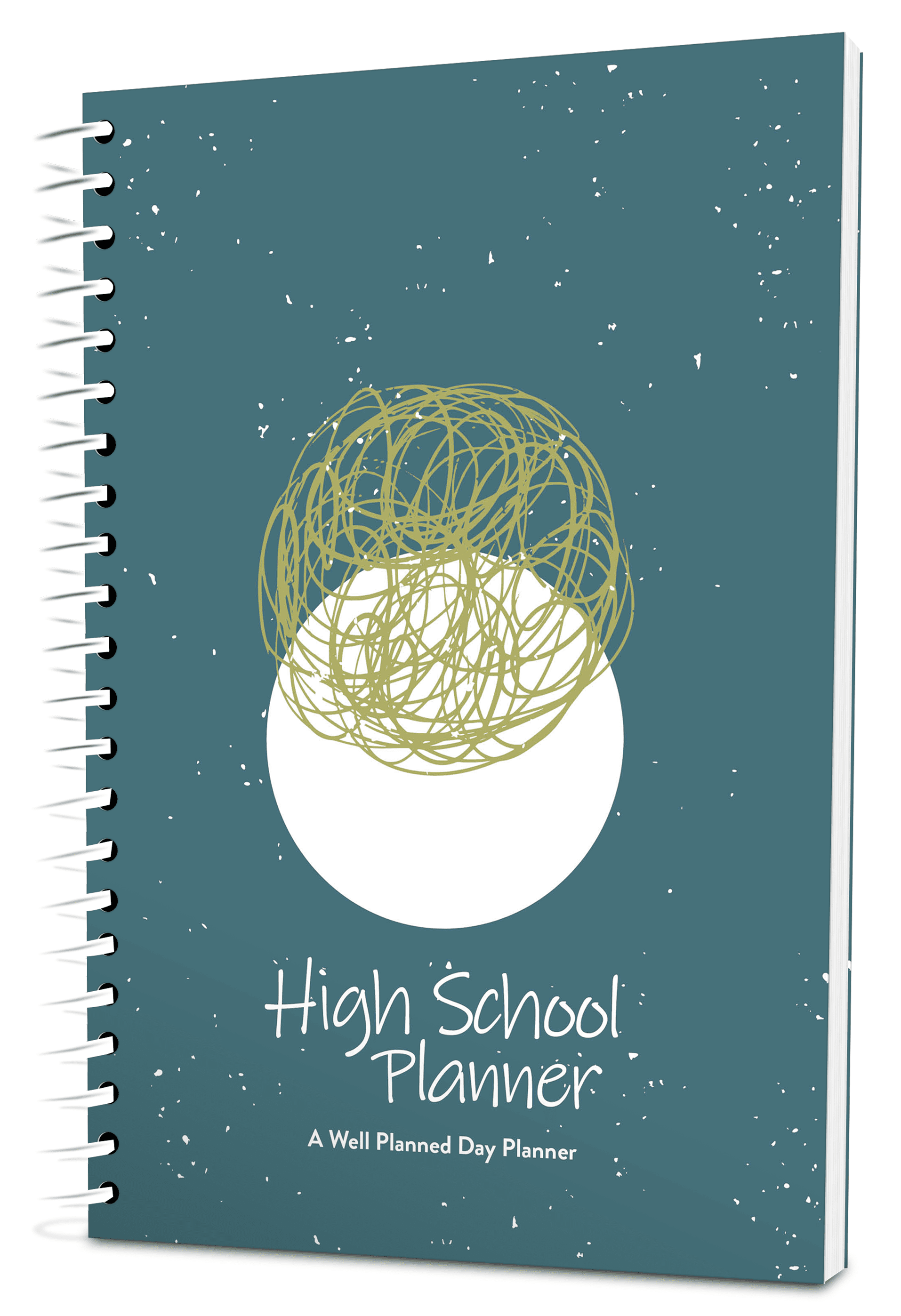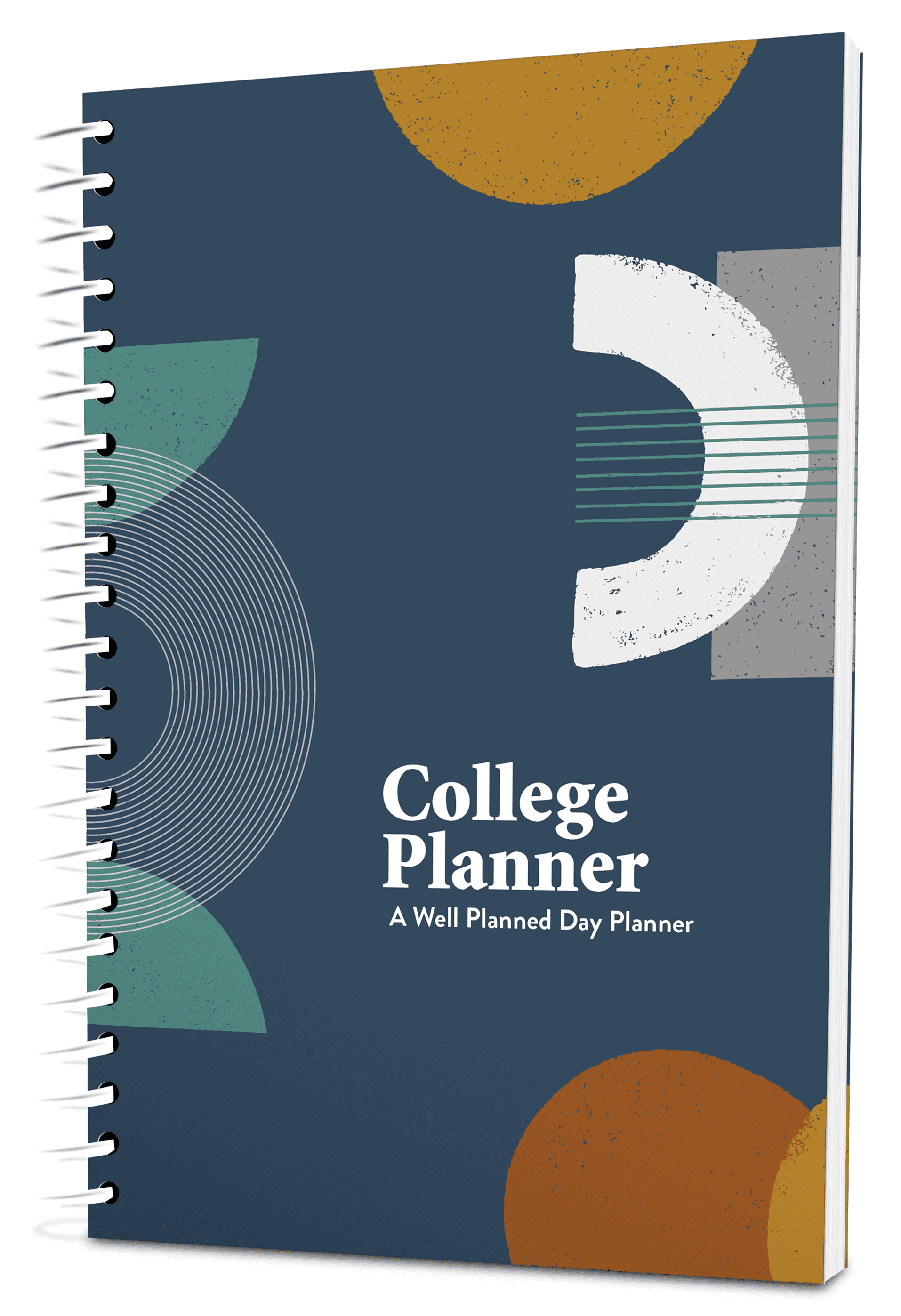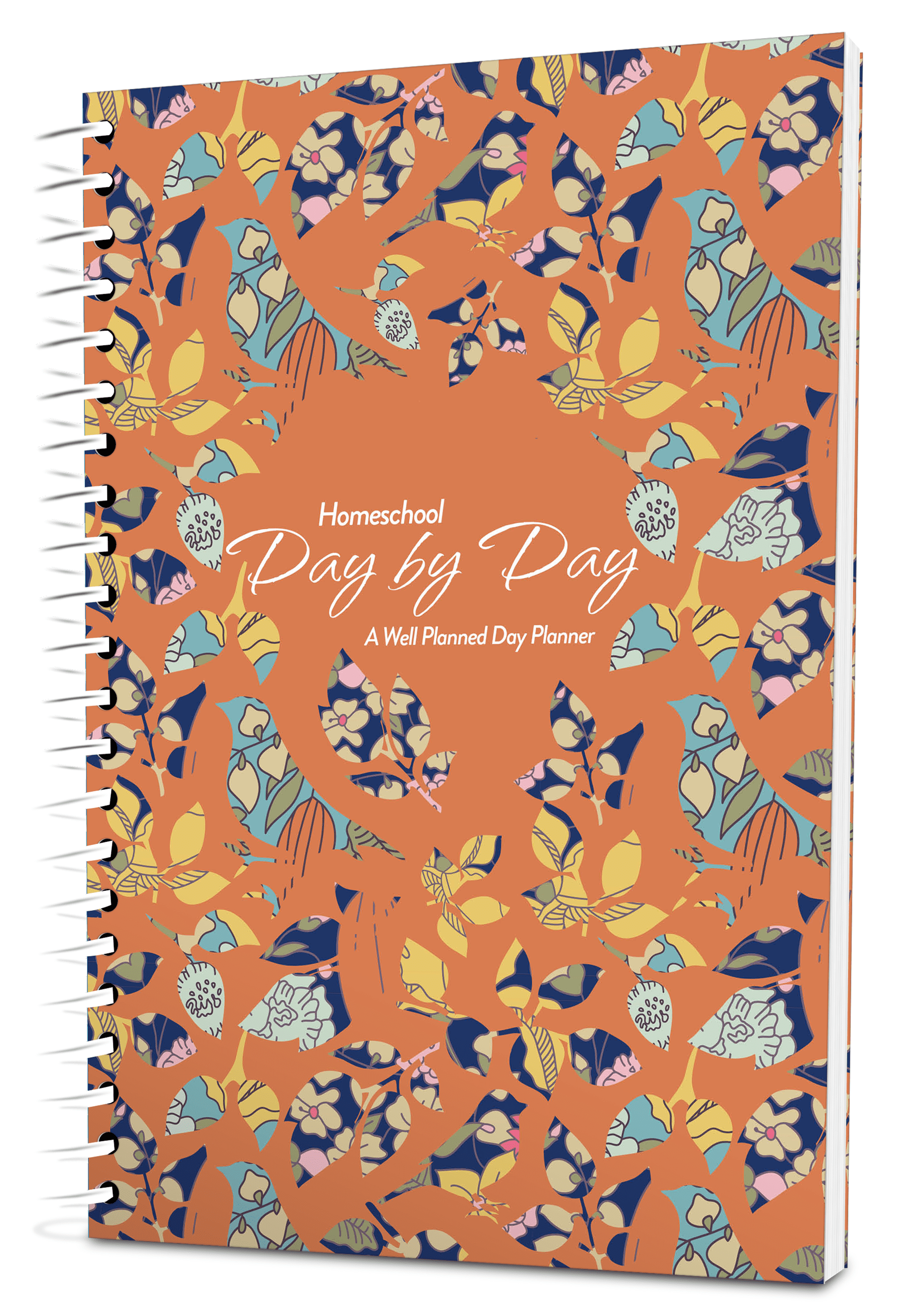When thinking of science, we sometimes think of the complicated chemistry or physics experiments we did in high school, using costly materials and equipment that would be difficult to replicate at home. This can cause us to shy away from doing experiments in our homeschools. It doesn’t need to! There are many wonderful, fun, and exciting experiments that you can do at home using materials you already have or can easily obtain for free or low cost. Here are just a few to get you started.
Mirror Games
What are they learning?
Changing the angle of a mirror changes the angle of the reflection.
Materials
- small mirrors
- flashlight
- target
- large printed alphabet letters
Instructions
– Practice angling the mirror to see where light reflects.
– Set up two mirrors, then shine the flashlight at the first mirror. Where does the light reflect to?
– Experiment using multiple mirrors.
– After you have practiced for a while, attempt to hit a target by setting up a number of mirrors. Can you get the light to climb the wall or go around a corner?
– Discuss symmetry (having two sides that mirror each other). Use the mirror to discover which letters have symmetry. What angle do you need to have the mirror for the letter to be exactly symmetrical? Is the letter symmetrical horizontally or vertically? Do any letters reflect equally both horizontally and vertically?
Pitch Perfect
What are they learning?
The amount of mass an object has affects the pitch. The less mass there is, the higher the pitch will be.
Materials
- several identical glass bottles, jars, or glasses
- water
- metal spoon
Instructions
– Place the bottles on the table and fill them with varying amounts of water.
– Use the spoon to tap lightly on each bottle.
– Line the bottles up in a row, beginning with the lowest pitch and ending with the highest pitch.
– Can you make a glass with a higher pitch? Lower?
Making a Circuit
What are they learning?
Electricity flows when there is a complete circuit. Some materials conduct electricity, while others do not.
Materials
- D battery
- 2 flashlight bulbs
- 2 pieces of 6-8 inch long insulated wire
- paper and pencil
- several metal and non-metal objects
Instructions
– Carefully remove the insulation from each end of each piece of wire.
– Place the bulb on the positive end of the battery.
– Touch one end of a wire to the bulb, and the other end to the negative side of the battery. What happens?
– Try a number of different combinations to make the bulb light up. Then try making two bulbs light up.
– Insert a metal object into the circuit. Does the bulb still light up? Try several other objects. Which ones complete the circuit and which do not?
Soda Explosion
What are they learning?
The bubbles in soda are carbon dioxide. Mentos cause the soda to release the carbon dioxide, which results in the soda explosion.
Materials
- 2 liter bottles of soda pop in different brands, flavors, and diet or regular
- several rolls of Mentos candy
- paper rolled into a tube just slightly larger than the candy
Instructions
Make sure and do this activity outside!
– Place a bottle of soda securely on the ground with the cap off.
– Take the candy out of one package and put it into the paper tube, using your finger or a small piece of cardboard to keep the candy from falling out of the bottom.
– Carefully place the tube over the top off the soda bottle.
– Remove your finger/cardboard, allowing the candy to fall into the bottle.
– RUN! You should see a soda explosion!
Experiment with different brands and types of soda, temperature of the soda (warm will usually produce the best results, with Diet Coke typically being the most effective brand), and number of Mentos. Which makes the highest explosion?
Inclined Planes
What are they learning?
Force increases with greater height and decreases with greater distance.
Materials
- paper clip
- rubber band
- ruler
- roller skate or wheeled toy
- 2 or more boards of different lengths
- books (encyclopedias or other books of similar size are ideal)
Instructions
– Run a rubber band through a paper clip.
– Attach the paper clip to the shoe string of a roller skate or someplace on the wheeled toy.
– Place one book on the floor or table, then lean the shortest board on the book to make a triangle shape (an inclined plane).
– Pull on the rubber band so that the skate or toy begins to roll up the board.
– Measure the length of the rubber band and record the result.
– Try the experiment again, but this time use two books. Continue adding books and recording your results.
– Next, try the experiment with the longer board. What do you notice about your results?
Plants and Light
What are they learning?
Light can affect the way that plants grow. Plants grow best in natural lighting.
Materials
- red, green, blue, and clear cellophane
- identical boxes
- small plants
- tape
- scissors
Instructions
– Cut the top or remove the lid from each box. Cover and tape each box with a different color of cellophane.
– Place one plant in each box.
– Make sure to keep any other variables, such as plant food or water, the same.
– Predict which plant will grow best. Which will grow the least?
– At the end of several weeks, see if the results match your predictions.
Heat Energy
What are they learning?
Heat energy depends on mass and temperature.
Materials
- gas stove, burner, or candle
- timer
- variety of nails (both in size and material)
- pliers or tongs
- two glasses or jars filled with the same amount of water
- two thermometers
Instructions
– Place a thermometer in each of the two glasses. Make sure that they read the same temperature, or replace the water so that the temperature is the same.
– Choose two different nails, set a timer for three minutes, and hold the nails in the gas stove or candle flame using pliers or tongs.
– When the timer goes off, put a nail into each water glass and after a couple of minutes, read and record the temperature in each glass.
– Replace the water and try the experiment again, using nails of the same material but different sizes, the same size but different materials, or put the nails in the flame for different lengths of time. What do you observe? Can you make a smaller nail give off the same amount of heat energy as a larger nail?
– Graph your results.
Insect Life Cycle
What are they learning?
Living things go through life cycles. Butterflies have a four-stage life cycle.
Materials
- 2 cake pans and some metal screening, or a large jar with holes in the lid (alternately, you can purchase a butterfly kit from a science supply store)
- paper fasteners
- jar lid
- sticks
Instructions
– Make a butterfly house by rolling up the screen to the size of the two cake pans and securing it with paper fasteners. Place the screen on one cake pan and put the other on top as a lid. You can also use a jar or purchased butterfly house.
– Place some water and the sticks into the butterfly house.
– Collect some caterpillar eggs or purchase some from a science supply store.
– Research what kind of food your caterpillars need and provide it. Some need a particular type of plant leaves, while others like nectar, so try sugar water.
– Make observations (and drawings) as your caterpillars hatch, grow, and turn into butterflies.
– Release the butterflies into the wild.
Variables and Constants
What are they learning?
Scientists use variables and constants when they are conducting an experiment. By changing one variable and keeping everything else constant, you can develop hypotheses.
Materials
- vinegar
- baking soda
- measuring cups
- cake pan
- white glue
- liquid starch
- water
- several different disposable bowls
Instructions
This activity consists of two different basic experiments.
Teach your child the difference between a constant (part of the experiment that remains the same) and a variable (part of the experiment that changes). Talk about how scientists conduct experiments by changing one variable at a time and observing the results.
– Start with a familiar experiment, the vinegar and baking soda reaction. Begin by placing a bowl in the cake pan. Place ¼ cup of baking soda into the bowl. Then add ¼ cup of vinegar. Observe the reaction.
– Continue by changing one variable at a time. First try putting the vinegar into the bowl and adding the baking soda. Then change the shape or size of the container, the temperature, and the amount of ingredients, one variable at a time. Record your results.
– Now that you have practiced experimenting using variables, make glue slime by putting ¼ cup of white glue and ¼ cup of water into a bowl and mixing. Then add ¼ cup of liquid starch. Stir and observe.
– Complete the experiment several times changing the variables (for example use more of one ingredient, change the temperature of an ingredient, etc.). Record your observations.















